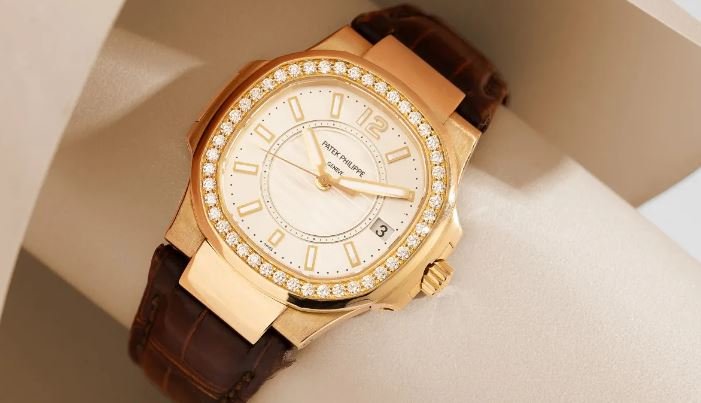Luxury watchmaking boasts a rich and fascinating history, intricately linked to human innovation and the relentless pursuit of precision. Luxury watches have evolved from simple timekeeping tools to status symbols, technological marvels, and cherished works of art. This blog post embarks on a journey through time, exploring the key milestones that shaped the evolution of luxury watchmaking.

Early Timekeeping: The Seeds of Innovation
The roots of luxury watchmaking can be traced back to early timekeeping devices. Here’s a glimpse into the origins of this fascinating craft:
Sundial Origins: The earliest timekeeping devices were likely sundials, which relied on the sun’s position to tell time. While not particularly precise, sundials laid the foundation for the development of more sophisticated timekeeping mechanisms.
In addition to sundials, early civilizations developed water clocks and sand clocks. These devices offered a more portable and weather-independent method of measuring time, but they still lacked the accuracy and portability needed for a true wristwatch.
Portable Timekeeping: The invention of the mainspring in the 15th century marked a turning point. Mainsprings provided a portable power source, paving the way for the development of the first pocket watches. These early pocket watches were often ornately decorated, reflecting their status as luxury items.
Furthermore, the invention of the balance spring in the 17th century significantly improved accuracy. This innovation allowed pocket watches to keep time more reliably, further solidifying their position as coveted luxury goods.
The Rise of the Wristwatch: A Revolution on the Wrist
The wristwatch revolutionized the way we tell time. Here’s how the wristwatch emerged as a dominant force in luxury watchmaking:
From Pocket to Wrist: The earliest wristwatches were essentially pocket watches adapted for wristwear. However, the development of the lever escapement in the late 18th century made wristwatches more practical and reliable.
In addition to the lever escapement, the development of the bracelet in the early 20th century further solidified the wristwatch’s popularity. Bracelets offered a more comfortable and secure way to wear a watch on the wrist compared to earlier pocket watch chains.
A Symbol of Status: Luxury watch brands like Patek Philippe, Rolex, and Cartier capitalized on the growing popularity of wristwatches. These brands offered exquisitely crafted timepieces that became coveted status symbols amongst the elite.
Furthermore, World War I further propelled the wristwatch’s popularity. Soldiers found wristwatches to be more practical than pocket watches in the trenches, leading to widespread adoption after the war.
Technological Advancements and Innovation Today
Luxury watchmaking continues to evolve, embracing technological advancements while preserving traditional craftsmanship. Here’s a look at modern trends:
Quartz Revolution: The invention of the quartz movement in the 1960s posed a significant challenge to traditional mechanical watches. Quartz movements offered superior accuracy at a lower price point.
In addition to the quartz revolution, luxury watchmakers responded by focusing on complications. Complications are additional features beyond basic timekeeping, such as chronographs, perpetual calendars, and moon phases. These complications showcased the technical prowess of watchmakers and added significant value to luxury timepieces.
A Fusion of Tradition and Innovation: Today, luxury watchmakers blend traditional craftsmanship with cutting-edge technology**. This allows them to create highly accurate and reliable timepieces with intricate designs and innovative features.
Furthermore, some luxury brands are even exploring space travel. Omega, for example, has partnered with NASA and their Speedmaster watches have been worn on all six lunar missions. This collaboration pushes the boundaries of watchmaking technology and durability.
Conclusion
In conclusion, luxury watchmaking boasts a rich and fascinating history, marked by continuous innovation and a relentless pursuit of precision. From early sundials to space-faring timepieces, luxury watches have transcended their utilitarian purpose to become cultural icons, cherished heirlooms, and testaments to human ingenuity. As technology continues to evolve, the future of luxury watchmaking promises to be as exciting and groundbreaking as its past.











